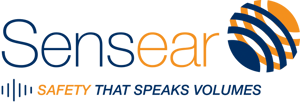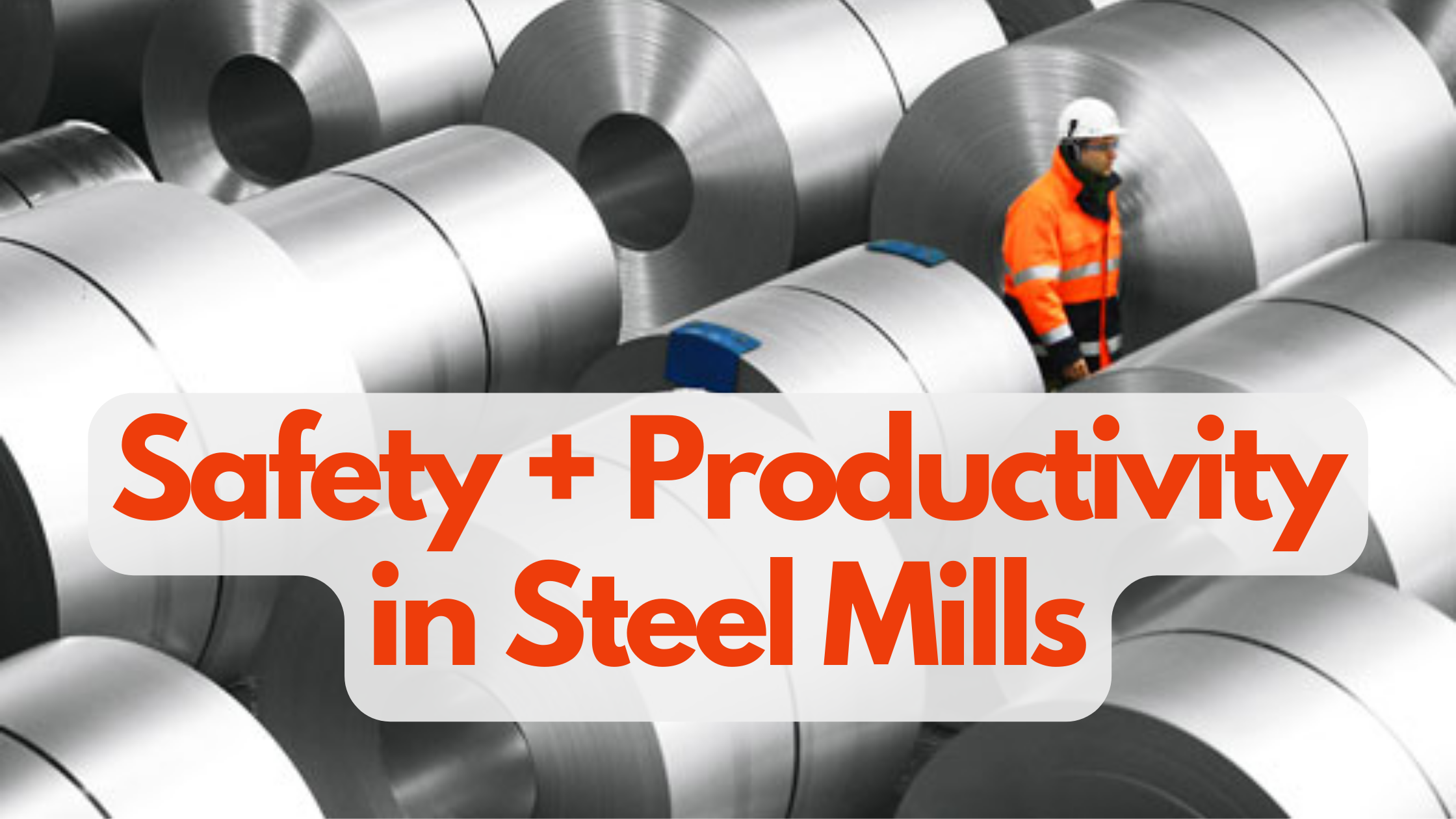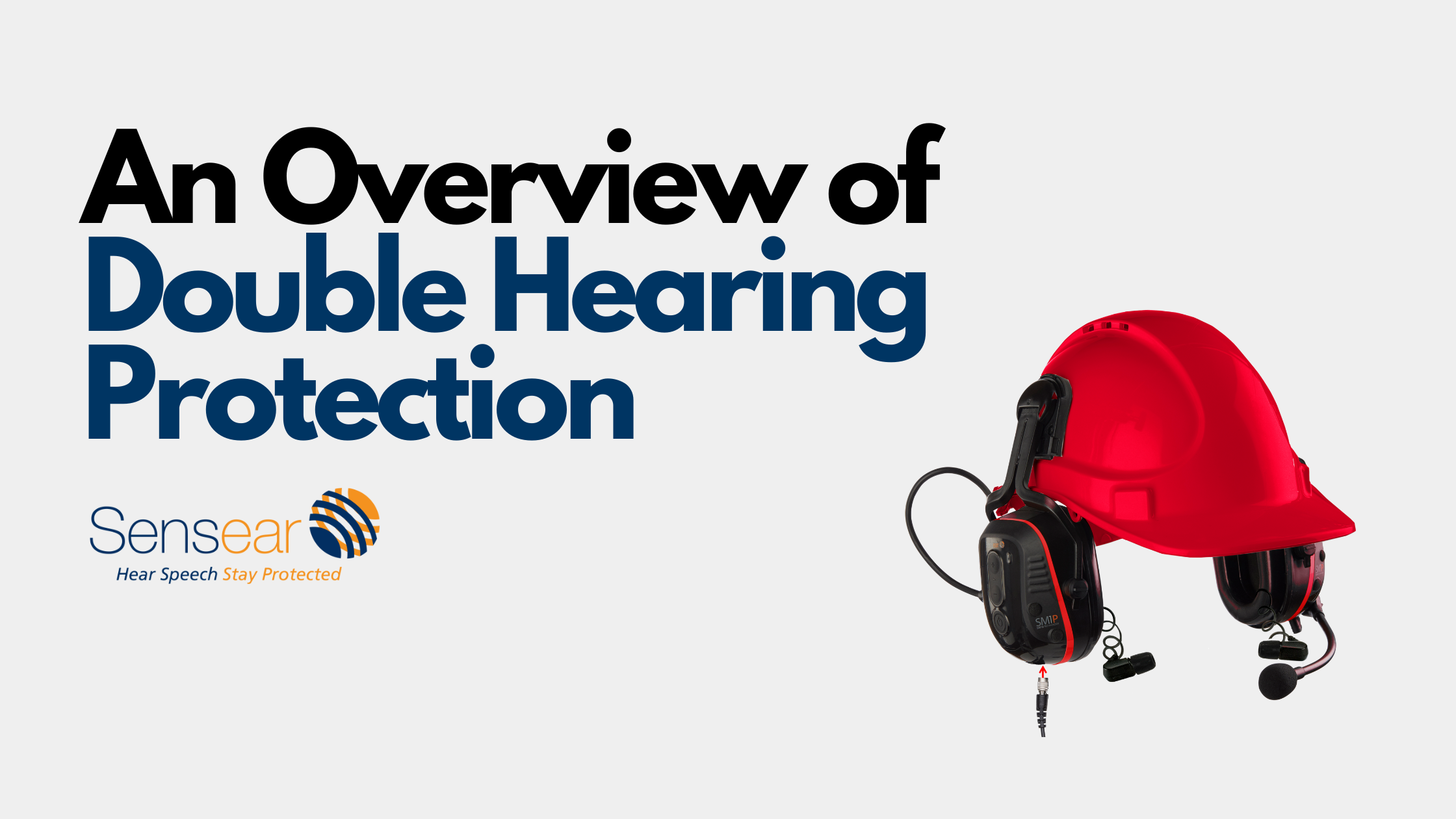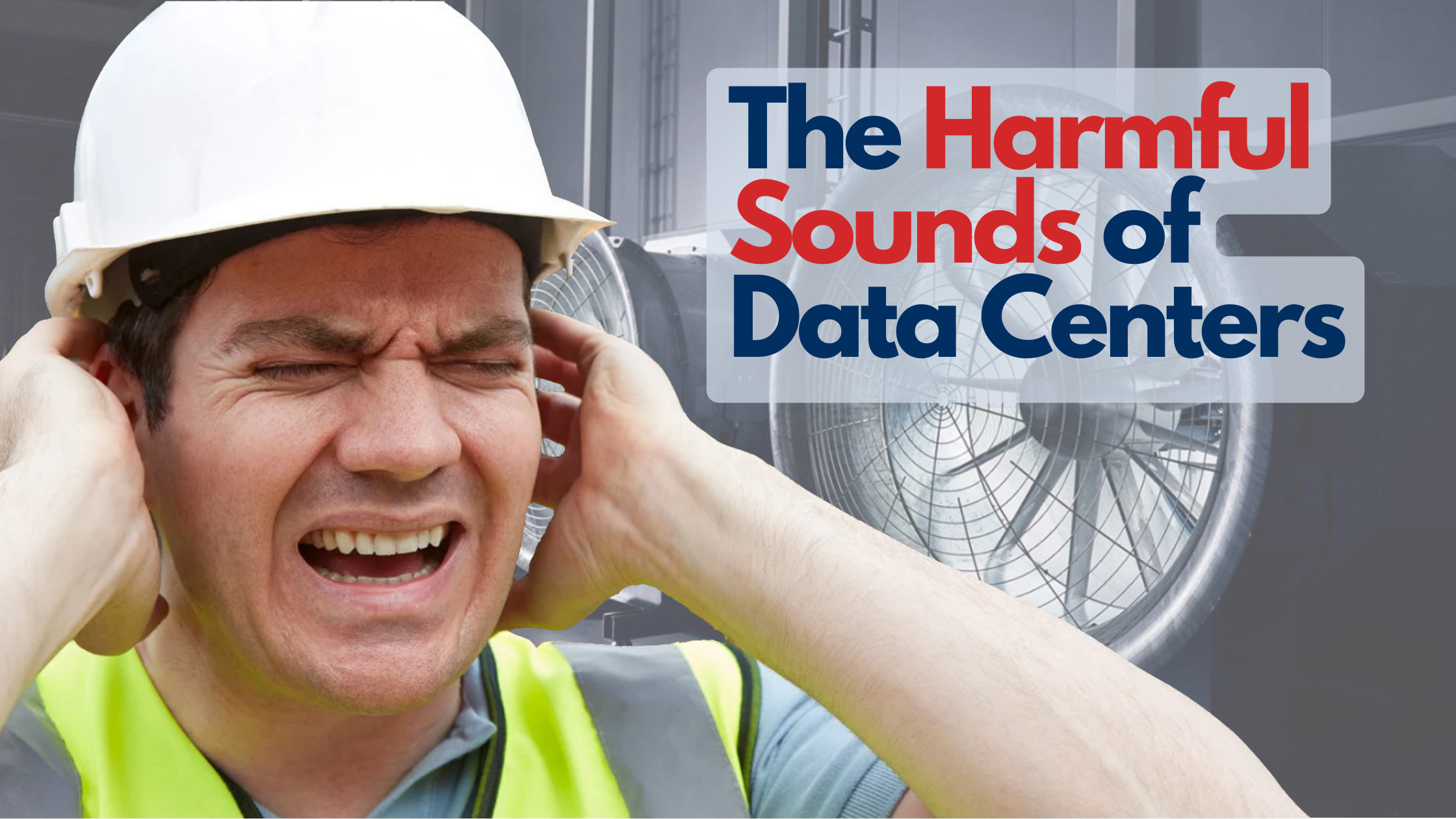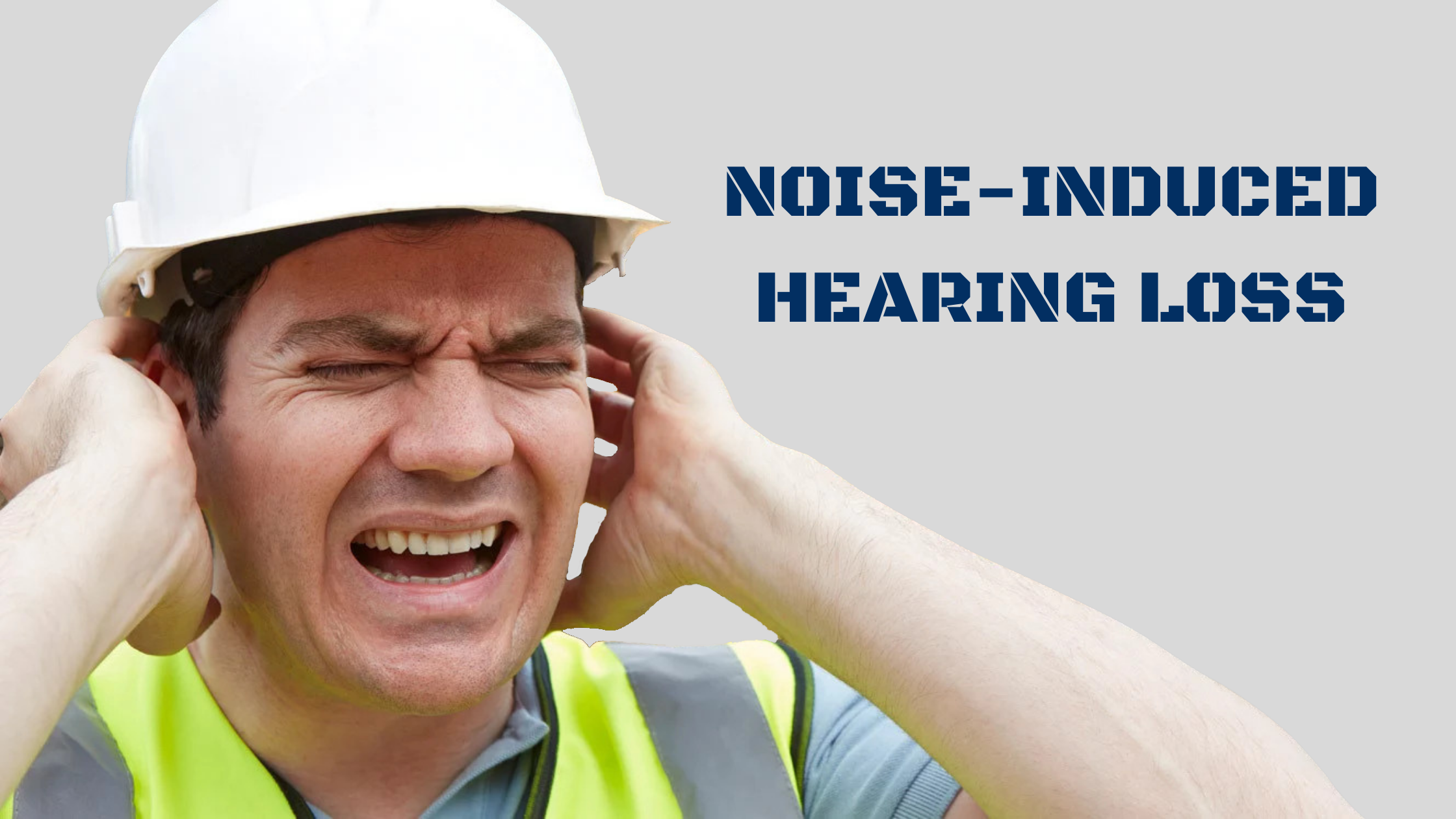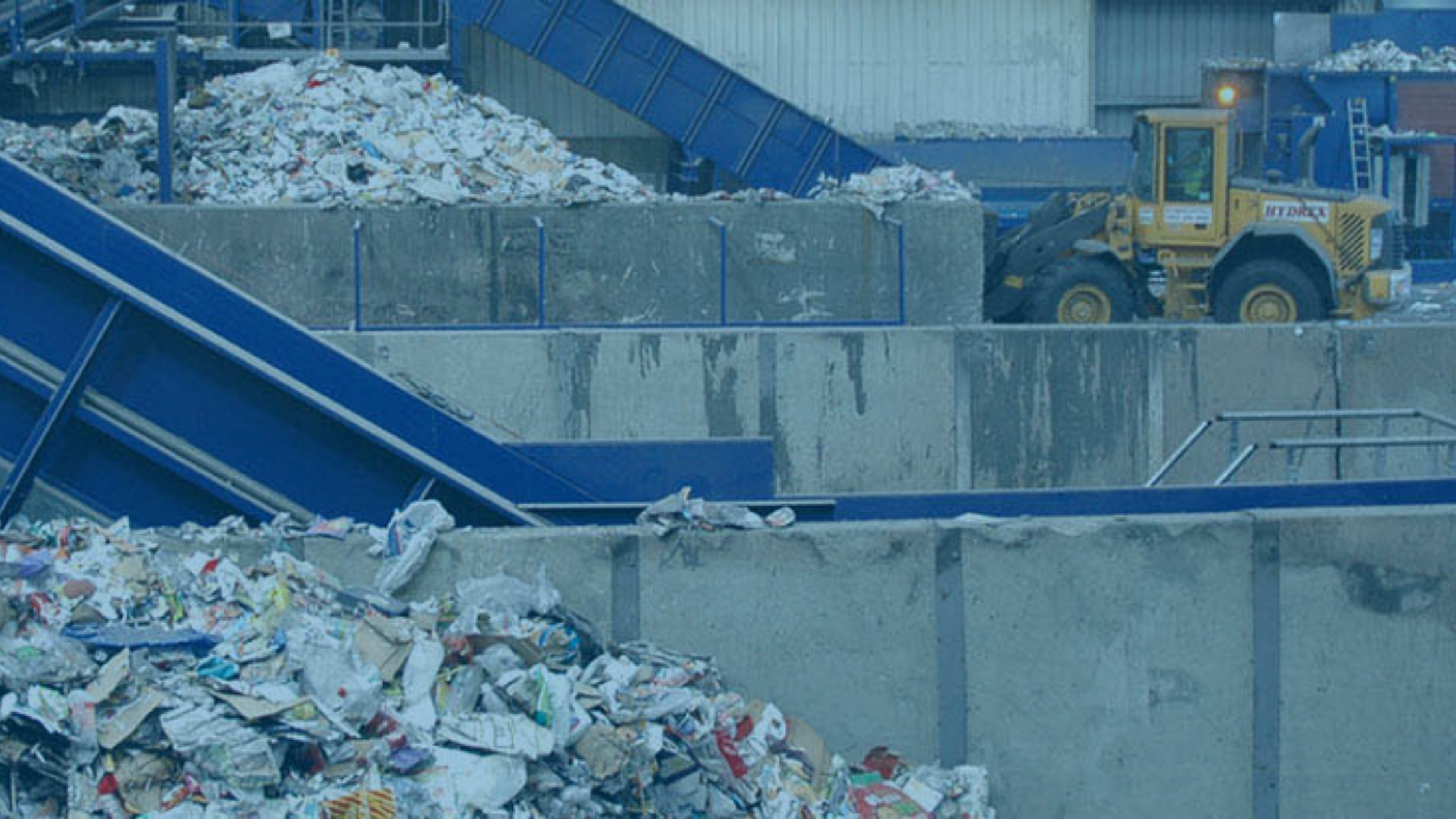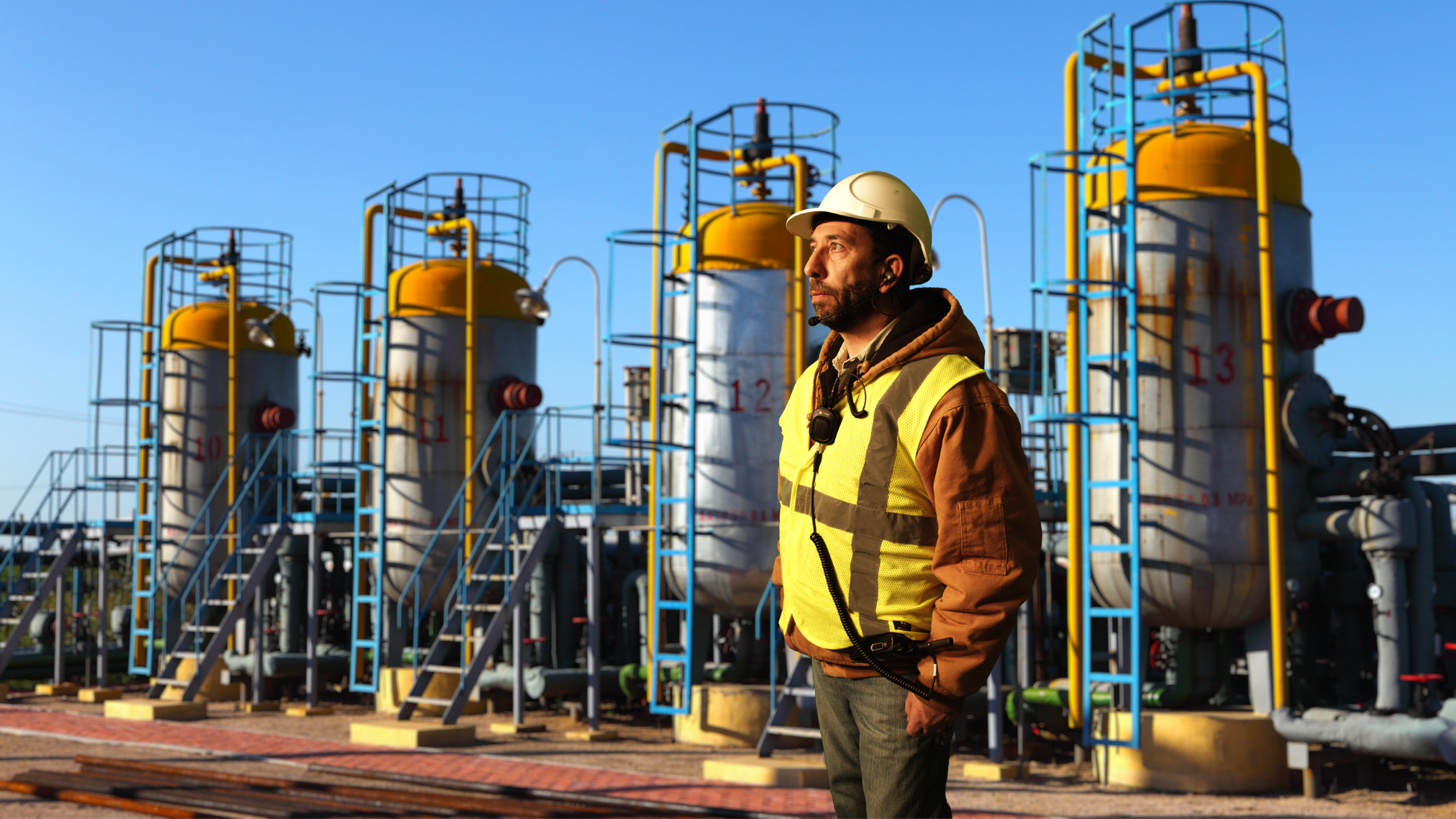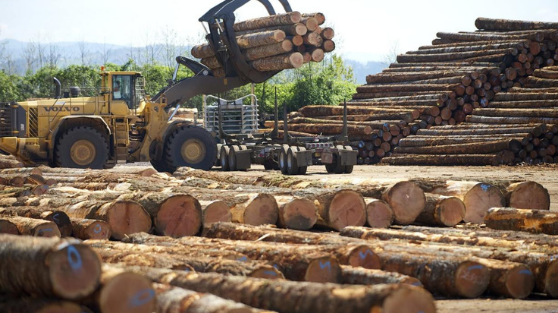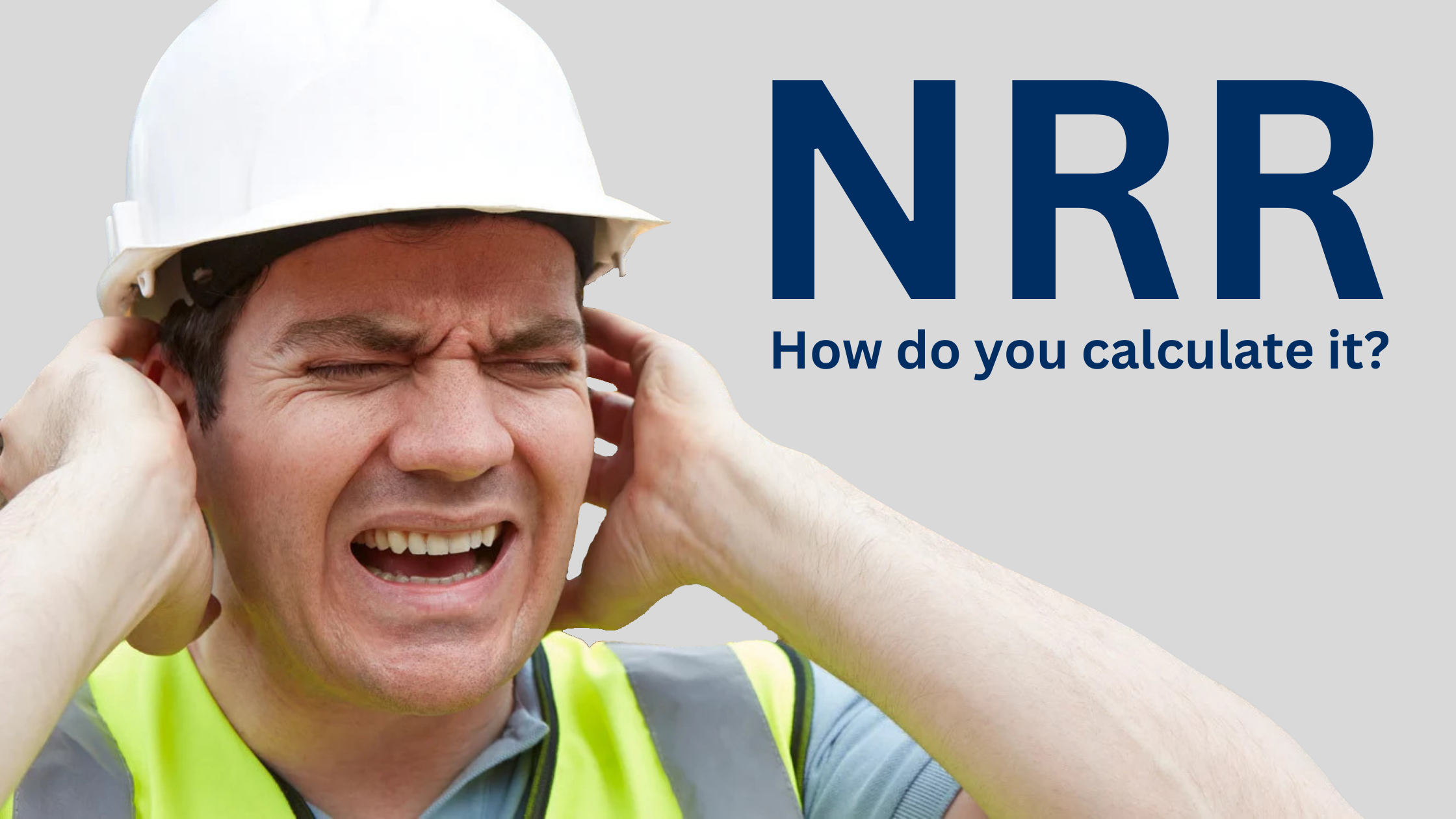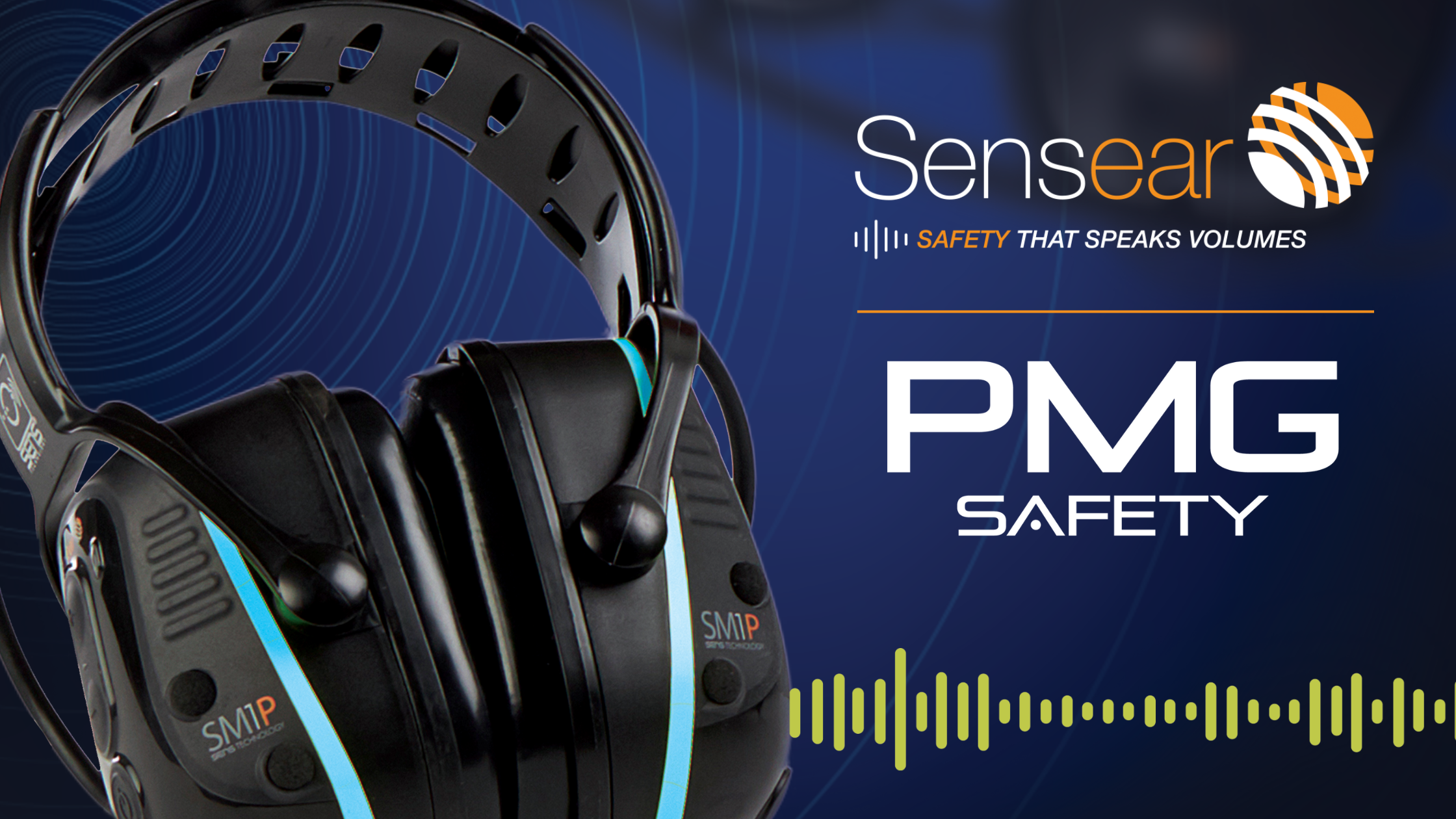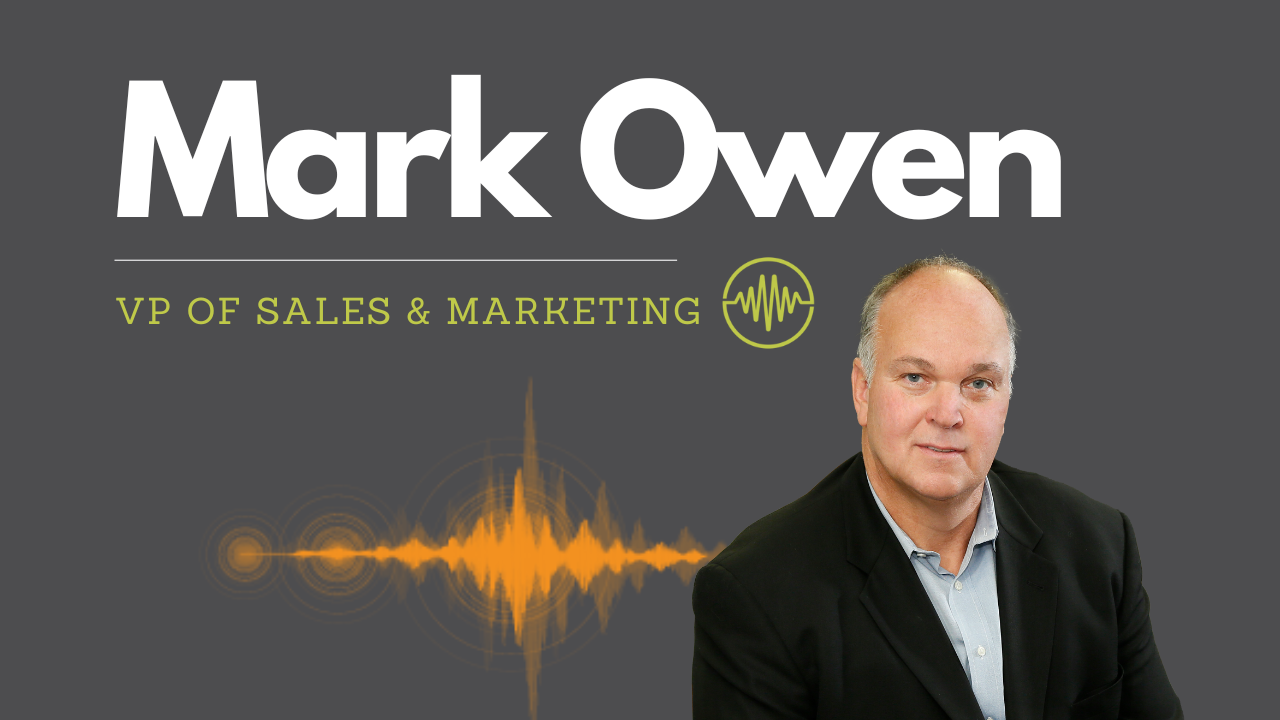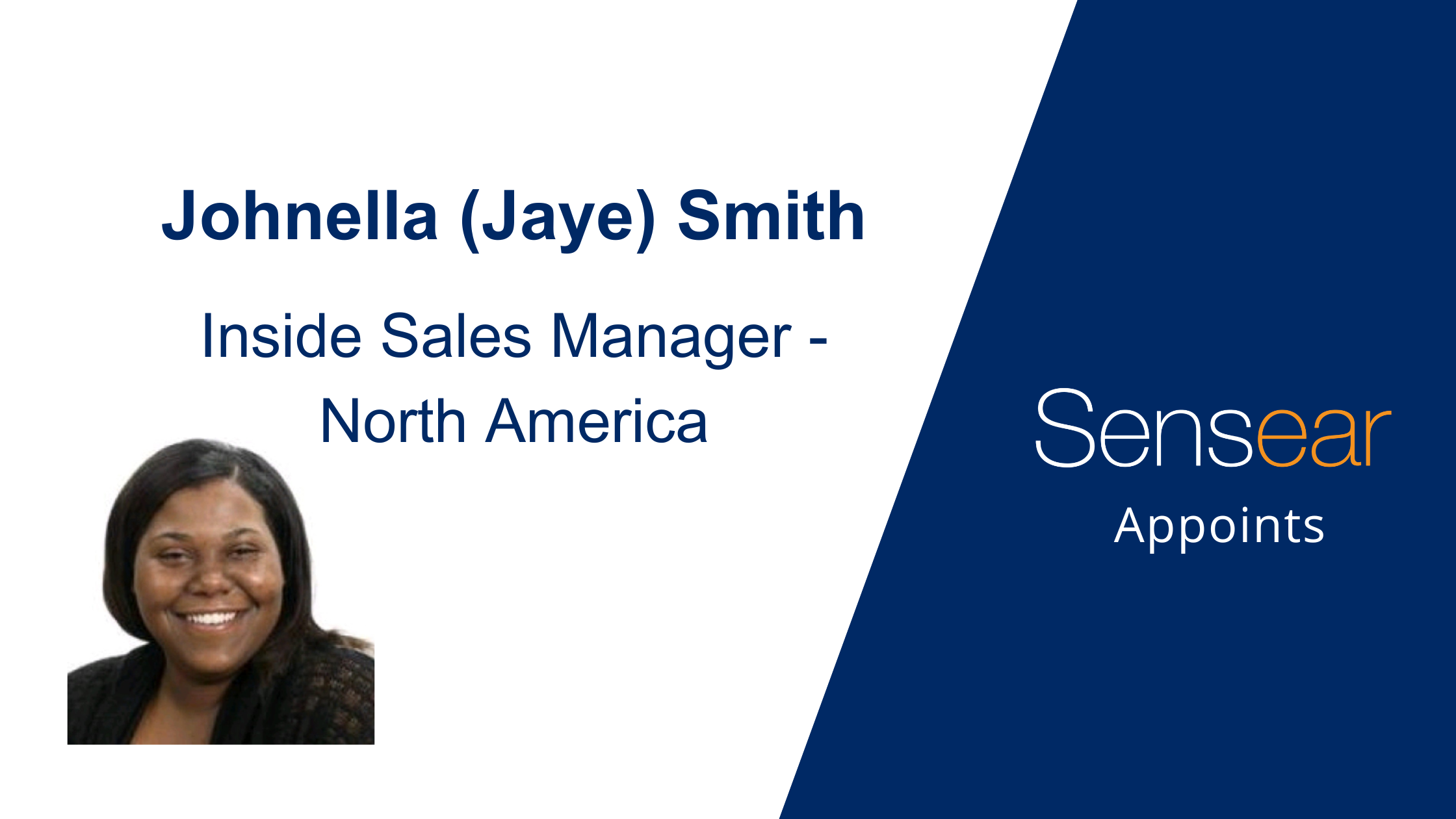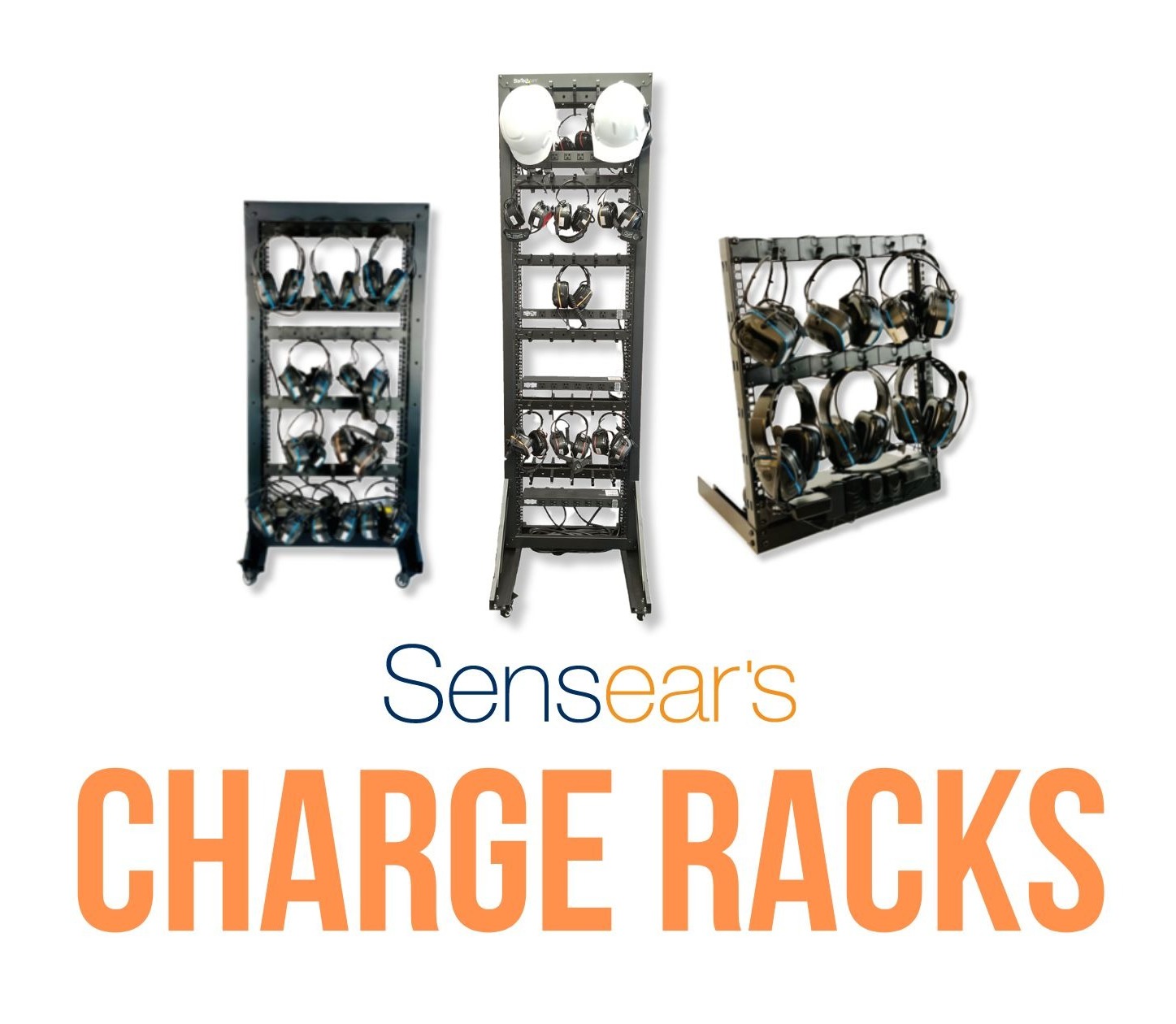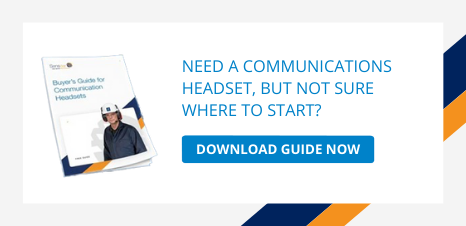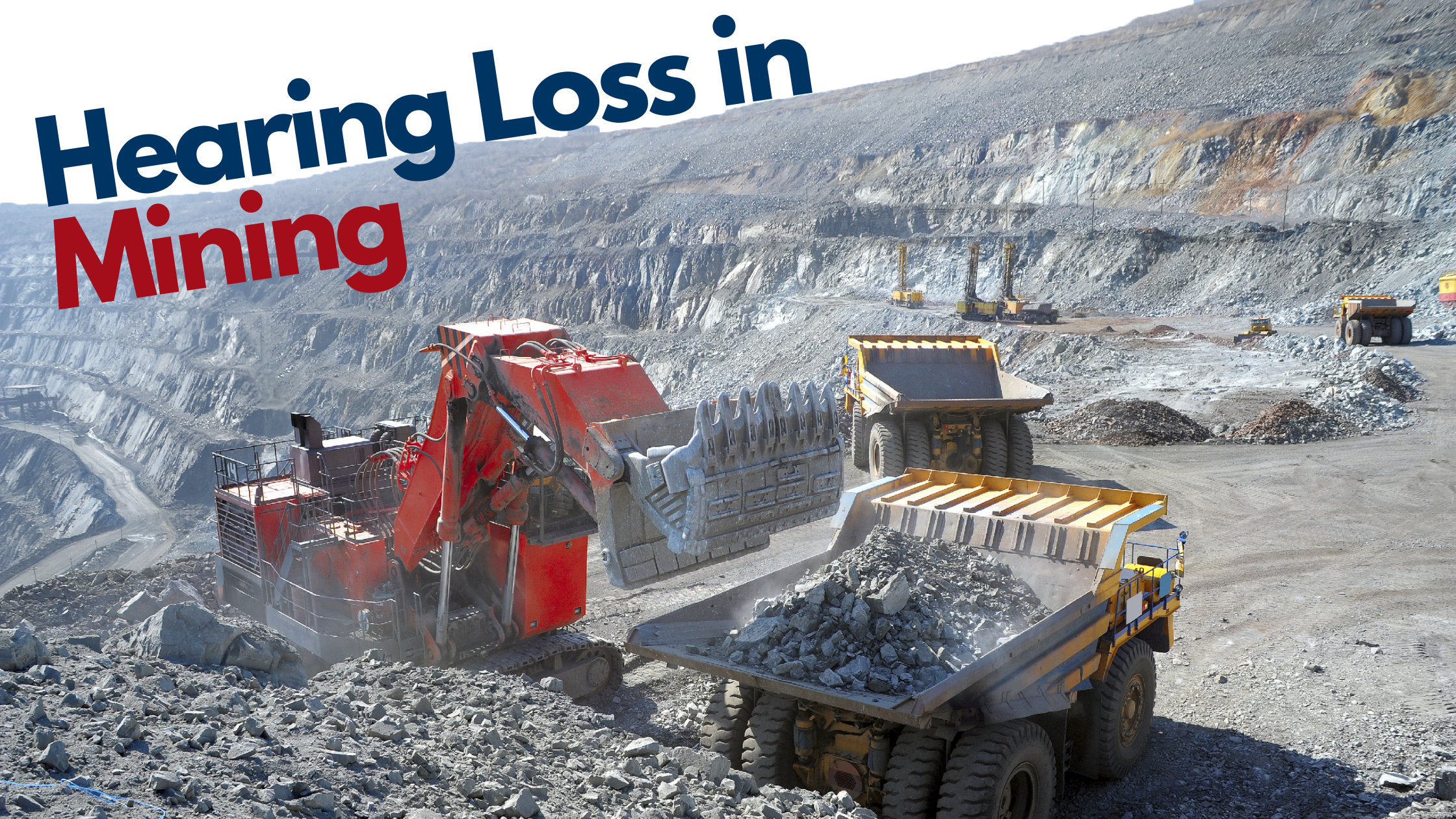
Mining presents many risks to all involved, from the financial and investment level, down to the frontline worker in the mines. In the public's mind, the risk of a mining shaft cave-in far outweighs the risks to physical health over time. When health risks are discussed, it has commonly only been about diseases such as black lung disease. However, according to the CDC, "One out of every four mine workers has a hearing problem. Even worse, four out of five mine workers have a hearing impairment when they reach mid-60s retirement age" (Centers for Disease Control and Prevention, 2018). Furthermore, 76% of miners are exposed to hazardous noise daily, which is more than any other major industry.
